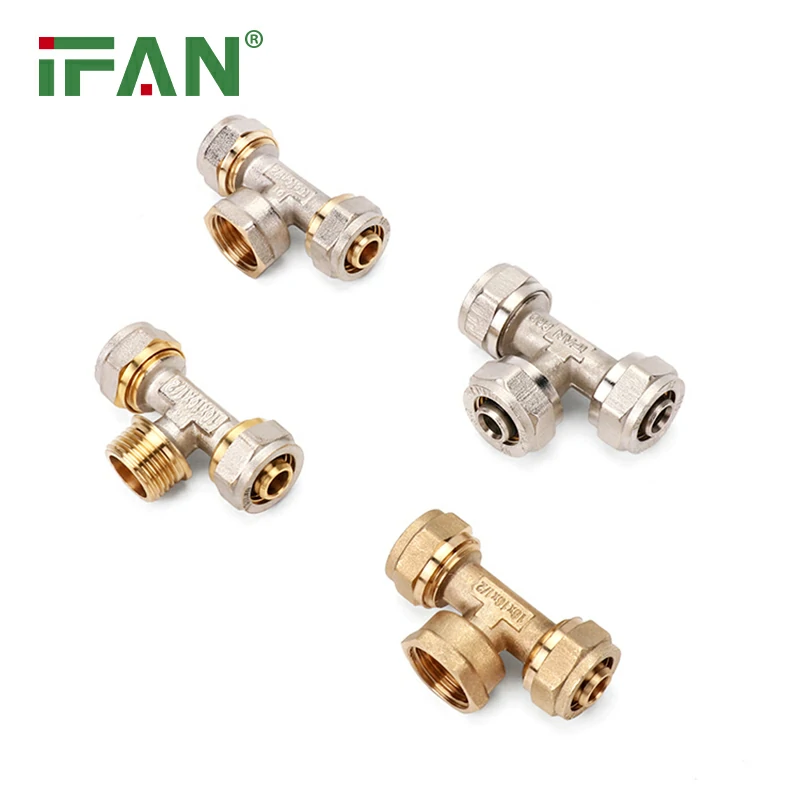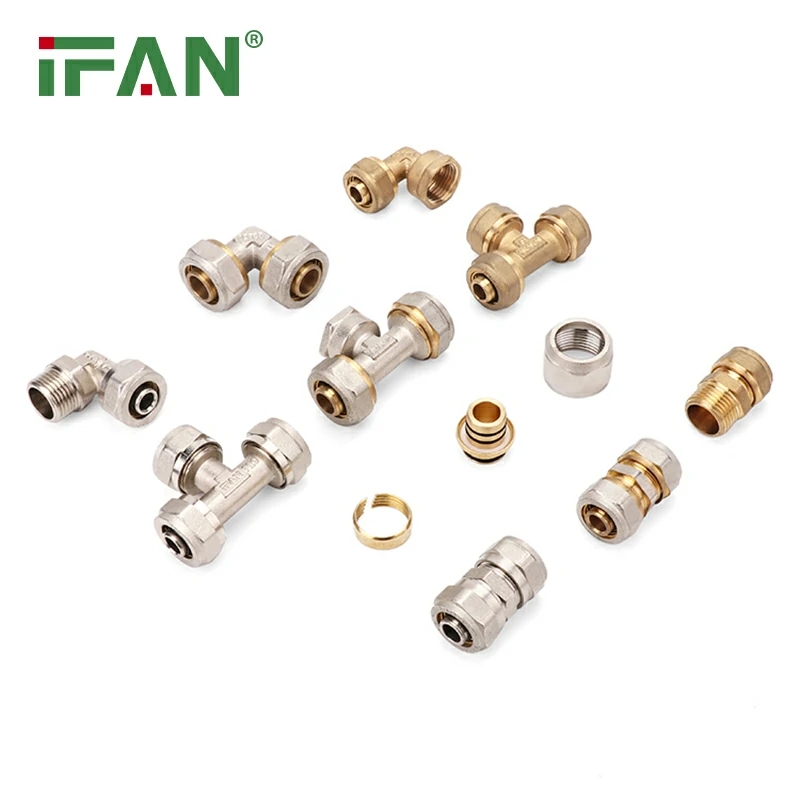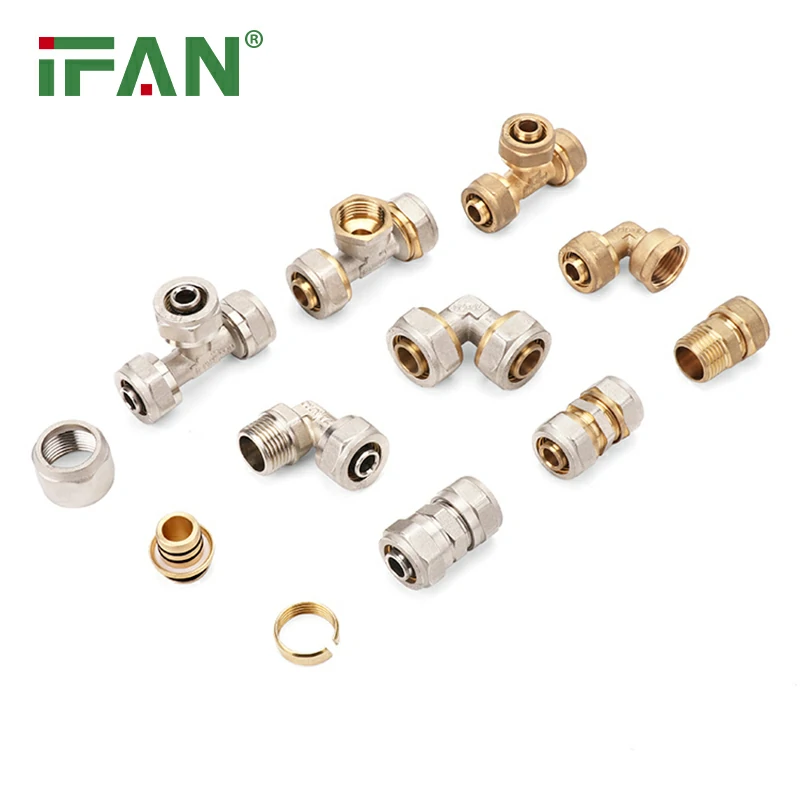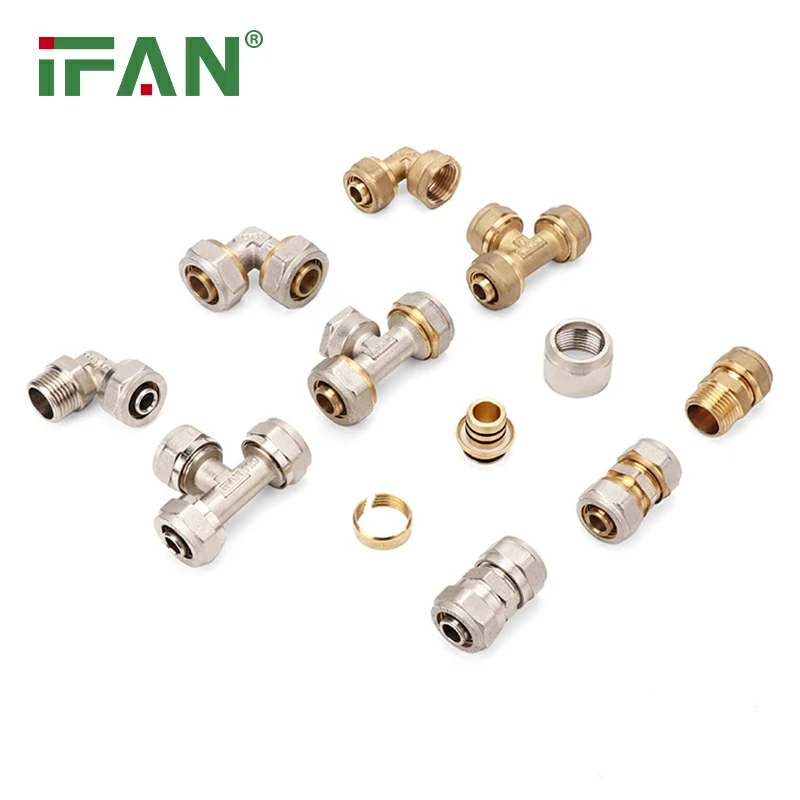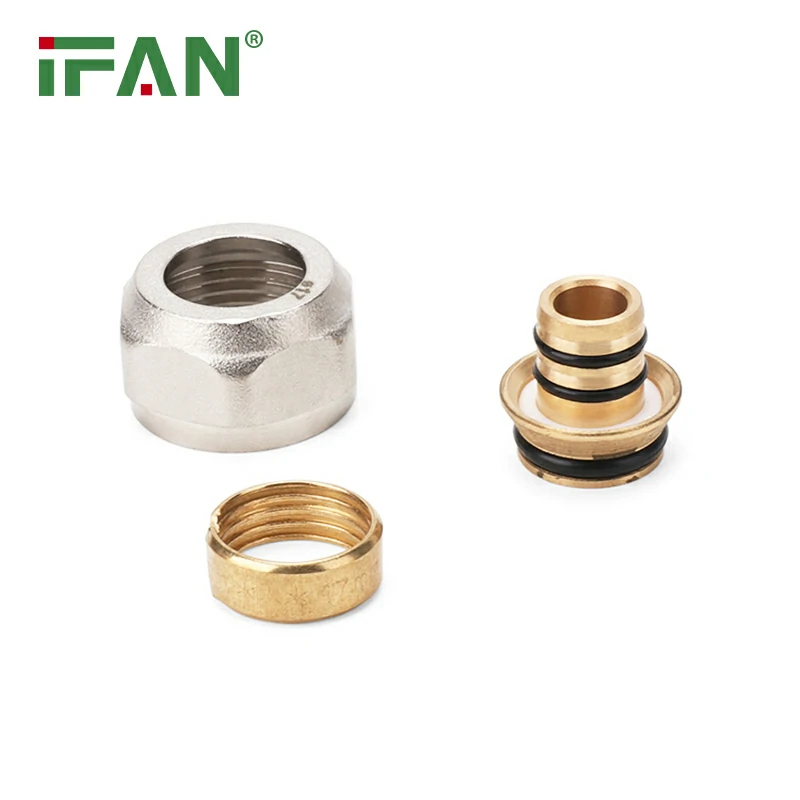Ball valves are commonly used in plumbing systems to regulate the flow of liquids. They work by using a hollow, perforated ball that rotates within the valve body to control the flow of fluid. When the valve handle is turned, the ball rotates, allowing the fluid to either flow through the valve or to be blocked.
Here is how ball valves work in plumbing:
- 1.The ball valve consists of a valve body, a hollow ball, and an actuator (handle).
- 2.When the handle is turned, the ball rotates within the valve body.
- 3.When the ball’s hole is aligned with the direction of the fluid flow, the valve is open, and fluid can flow through.
- 4.When the ball’s hole is perpendicular to the direction of the fluid flow, the valve is closed, and the fluid flow is stopped.
- 5.The ball valve can also be partially opened or closed to regulate the flow of fluid.
- 6.Ball valves are typically designed to be either full-bore (full port) or reduced-bore (reduced port). In a full-bore ball valve, the hole through the ball is the same size as the pipeline, which provides maximum flow capacity. In a reduced-bore ball valve, the hole through the ball is smaller than the pipeline, which reduces the flow capacity but allows for more precise flow control.
- 7.Ball valves are highly reliable and durable, and they can be used with a wide range of fluids, including water, gas, and oil.
- 8.One disadvantage of ball valves is that they can be more expensive than other types of valves, such as gate valves or globe valves. However, their reliability and durability often make them a better long-term investment.
Overall, ball valves are an excellent choice for controlling the flow of fluids in plumbing systems due to their high reliability, durability, and precise flow control capabilities.

